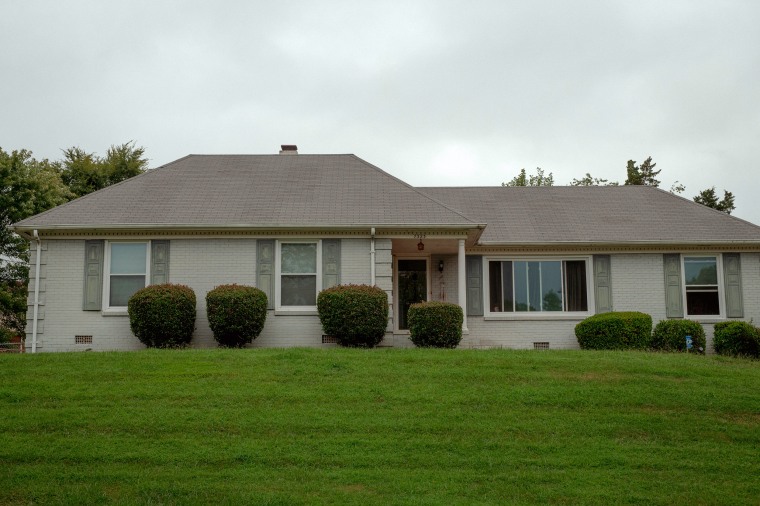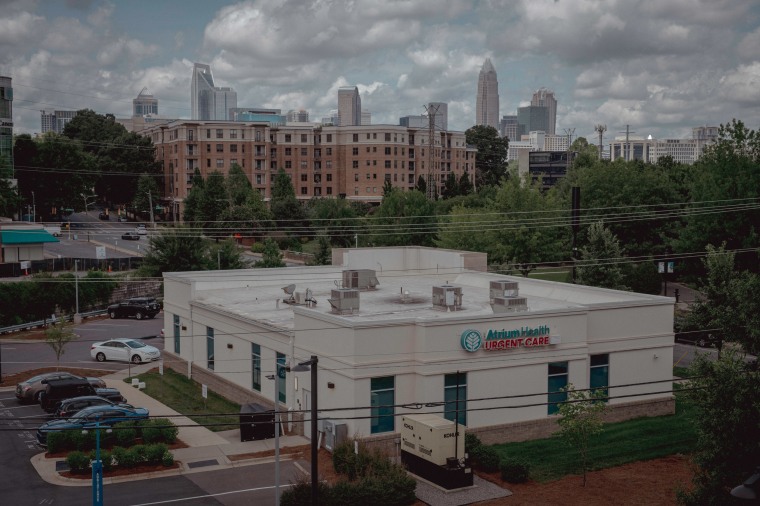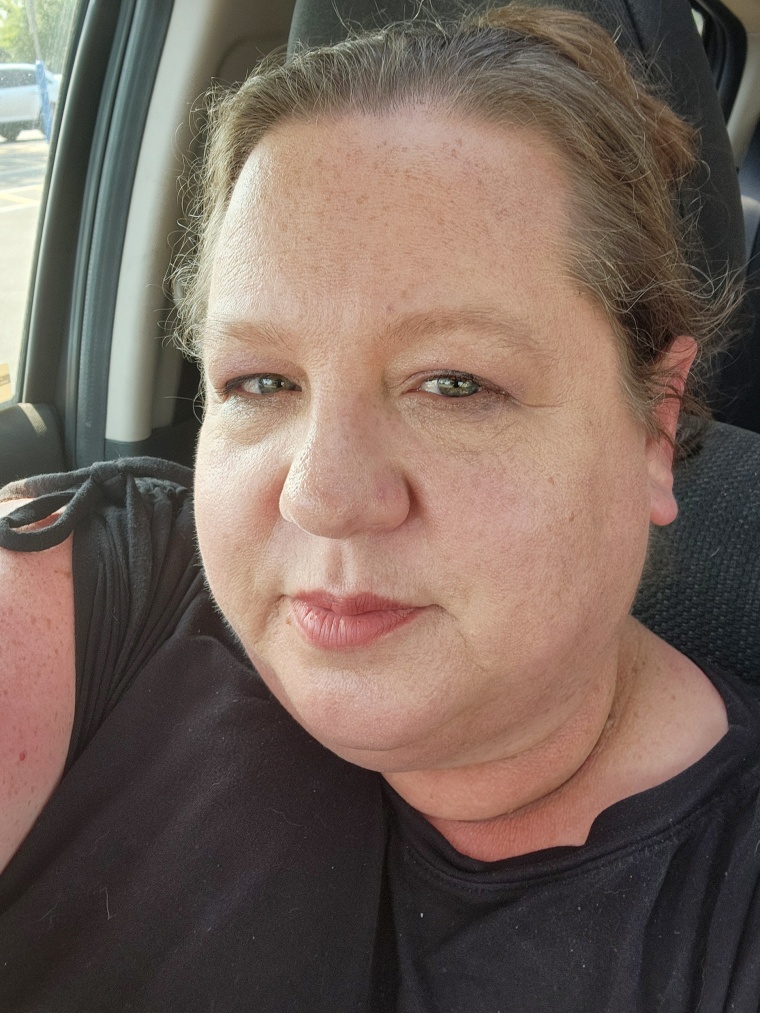“I’ve been battling this for over 20 years,” Belk, 68, said of his medical debt. “This has been like an albatross around my neck, like an anvil I’m dragging around every day.”
Americans owe at least $220 billion in medical debt, according to KFF, a nonprofit health policy research, polling and news organization. The top three states for medical debt are South Dakota, where 18% of the population is affected, followed by Mississippi at 15% and Belk’s home state of North Carolina at 13%, KFF says. The burden of medical debt has contributed to financial anxiety among voters and has become an issue in the 2024 presidential campaign.
Medical debt is a “problem that is uniquely American,” said Berneta Haynes, senior attorney at the National Consumer Law Center, a nonprofit organization, and an expert on the topic. “Even if you have insurance, if you have chronic health conditions that require you to interface more often with the health care system, you are putting yourself at greater risk for medical debt every single time you make” an appointment.

Asked about Belk’s situation, a spokesman for Atrium Health said it has used litigation against patients “as a last resort.” Belk signed both the deed of trust and the other judgment voluntarily, the spokesman said, “and presumably on the advice of his attorney.”
The Atrium spokesman also provided a statement saying: “As the leading, nonprofit health system in the Southeast, Atrium Health works to ensure access to high-quality care for everyone in each community we’re privileged to serve. For us, there are no profits — just outcomes, in the form of improving health, elevating hope and advancing healing — for all.”
Incorrect bills and a lack of help
Almost 18% of our nation’s gross domestic product goes to health care — far more than other developed countries–with roughly one-third of those dollars spent on hospital care, according to National Health Expenditures data.
With costs so elevated, it’s no surprise that medical expenses are a leading cause of bankruptcy in the United States, according to a 2019 study published in the American Journal of Public Health. Residents of southeastern states have been especially hard hit by medical debt because their state governments have often blocked the expansion of Medicaid.
Nonprofit hospitals are supposed to offer financial assistance programs to patients who can’t afford care, according to a provision of the Affordable Care Act. But patients don’t always receive information about these programs, experts say.
Compounding the challenge posed by medical debt is the fact that hospital or health care bills are hard to decipher and often incorrect, according to Cynthia Fisher, founder of PatientRightsAdvocate.org, a nonprofit seeking transparency in health care prices. Fisher’s organization routinely analyzes patient records and told NBC News: “We have not yet had an accurate bill.”
A new study by The Commonwealth Fund, an independent research organization focusing on health care, confirmed that inaccurate bills are a big problem. Some 45% of U.S. adults say they’ve received a medical bill that they were surprised was not covered by their insurance, the research found. Many of those polled did not challenge the bills, the report said, but 38% of those who questioned them had the bills reduced or eliminated.

Even when bills are accurate, prices can vary significantly for the same service in the same hospital, Fisher’s organization found. For example, last year PatientRightsAdvocate.org studied costs of five common services, including appendectomies, cesarean sections and cataract surgery, at hospitals in 10 states. The research found an appendectomy in the same hospital can cost as much as 32 times on the upper end what that facility’s lowest cost is for the service; cataract surgery can cost nine times and cesareans eight times the lowest cost at the same facility. The average variation in price across the procedures at the same hospital was almost 11 times, the research determined.
8% interest rates
In 2023, Darcy Guill, 52, underwent emergency hernia surgery. She had health insurance with a marketplace plan but later that year received a $4,000 bill from the hospital for the amount her plan didn’t cover. Guill, who has multiple sclerosis, lives in Aiden, North Carolina, a rural community just south of Greenville. She said she is paying approximately $123 a month on the bill.
“I didn’t ask to have a hernia,” she said. “I used to be an elementary school teacher and have not had a lot of money in recent years.”

Guill said she is especially grateful that North Carolina recently expanded Medicaid coverage for residents, which she can now access. She volunteers with a nonprofit called Down Home North Carolina to help her neighbors gain access to Medicaid. “We have a ton of people with medical debt in the state because our insurance plans didn’t cover our medical bills,” she said.
Guill’s view is confirmed by 2021 research from the Urban Institute, which found that three of the top 10 U.S. counties with residents holding medical debt were in North Carolina. In those counties, more than 40% of residents carried medical debt, versus 13.9% nationwide, the study said.
North Carolina residents shoulder high amounts of medical debt because recent mergers among hospitals in the state have curtailed competition among facilities, said Harold Miller, president and CEO of the Center for Healthcare Quality and Payment Reform. As hospitals consolidate, he said, their increased market power drives up the costs of care, especially in rural areas. “When hospitals merge, prices go up,” he said.
Adding to the burden are North Carolina laws allowing hospitals to sue patients for medical debts with legal judgments lasting up to 20 years. In addition, those judgments can carry 8% interest rates and can automatically act as liens against patients’ homes.






